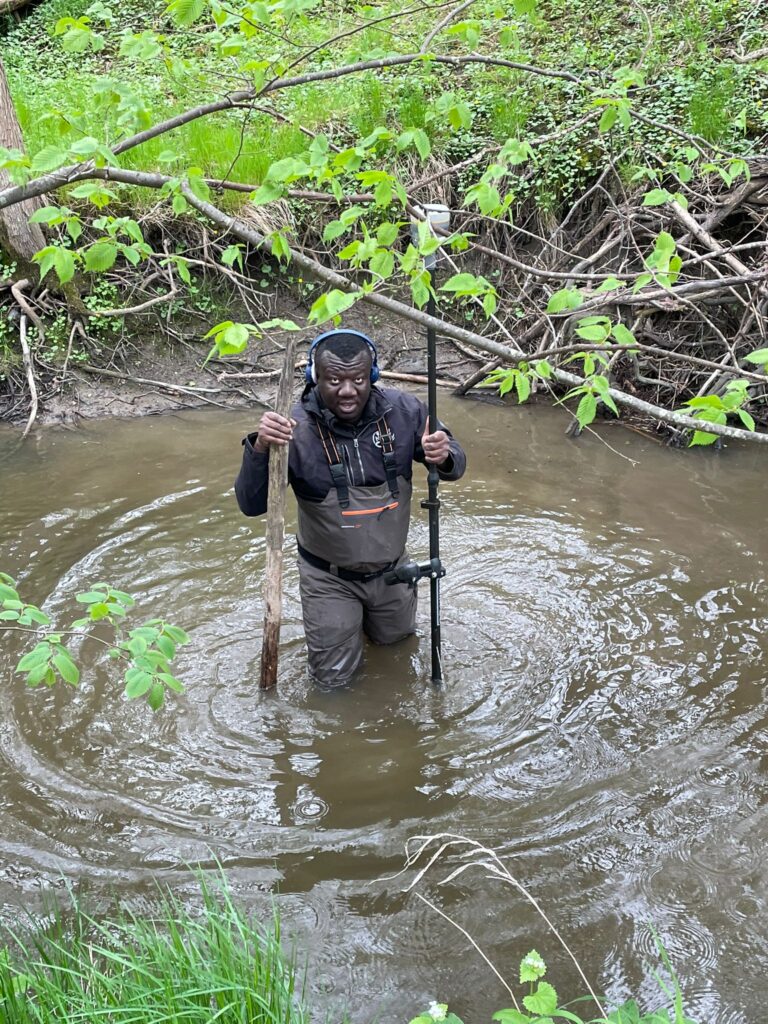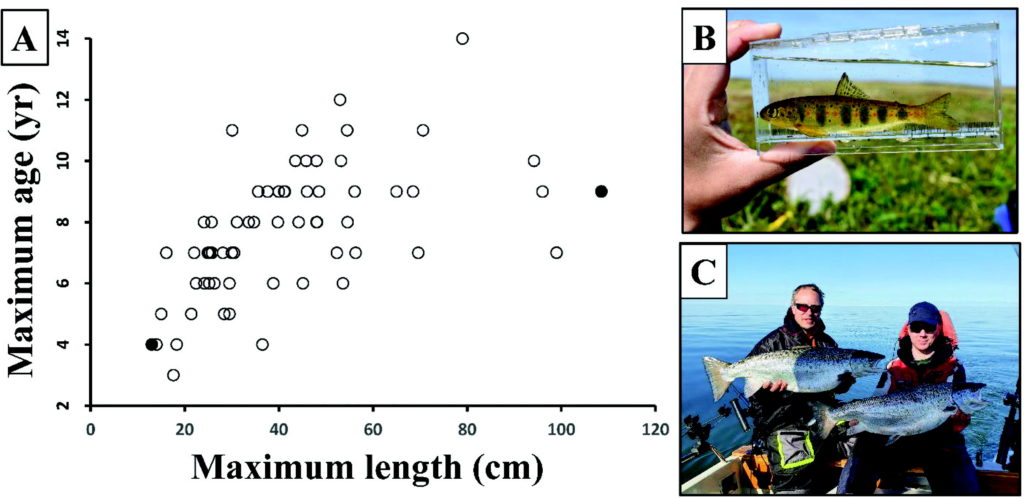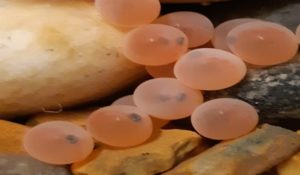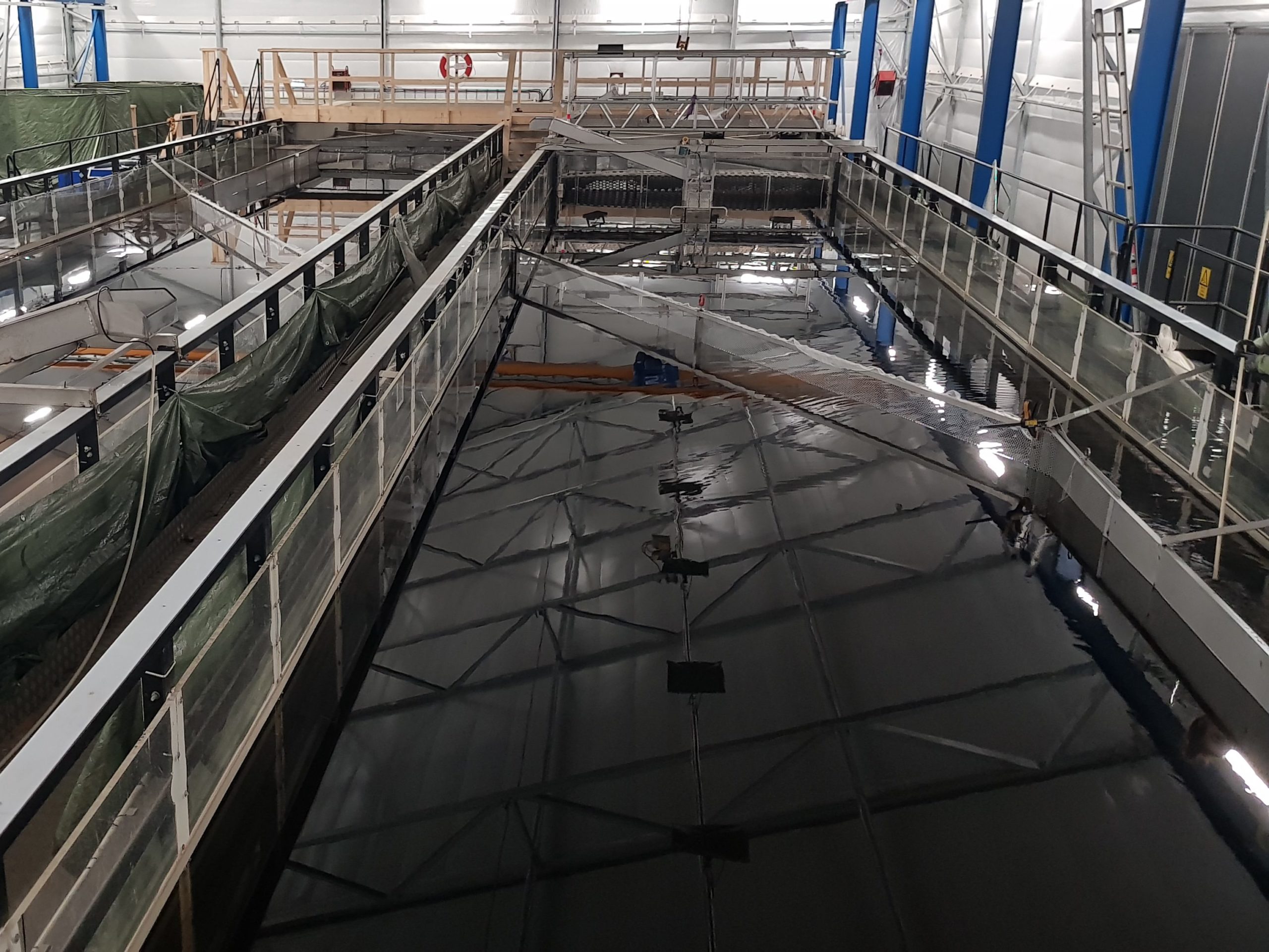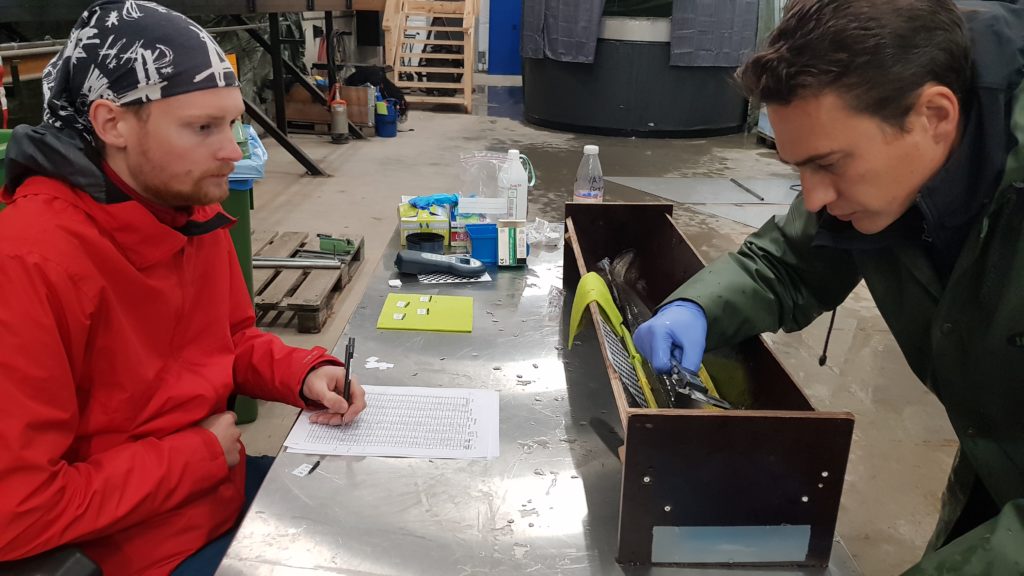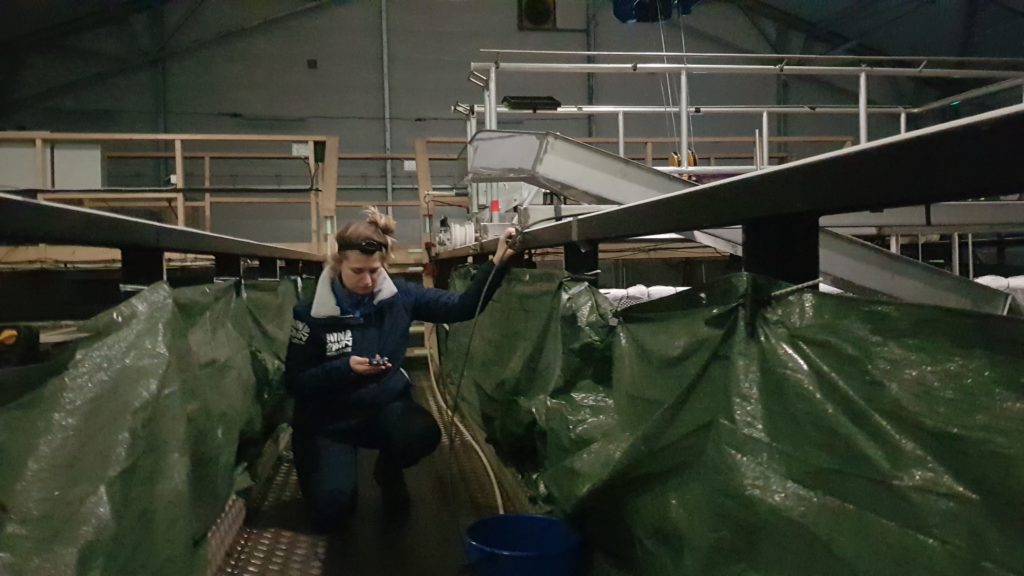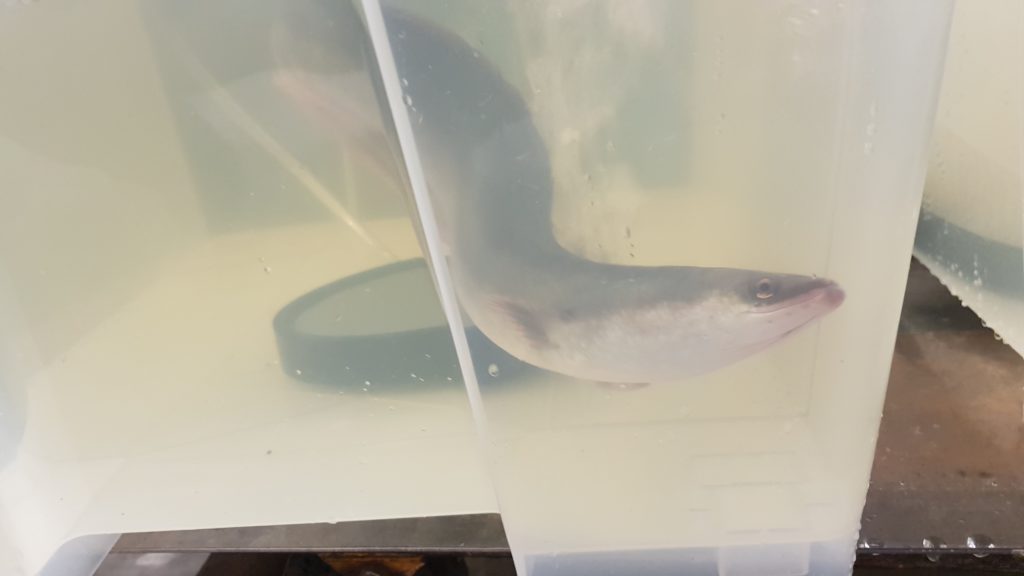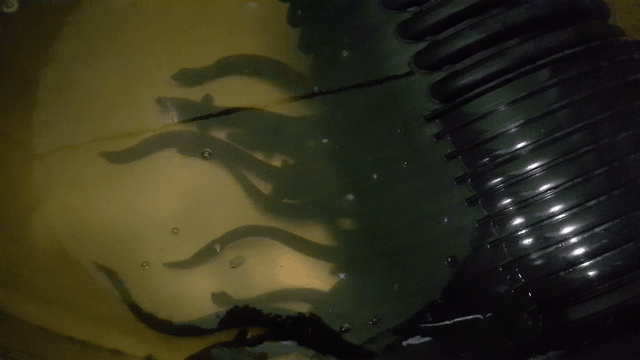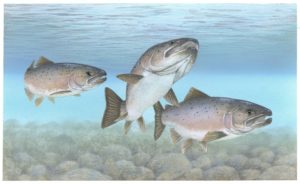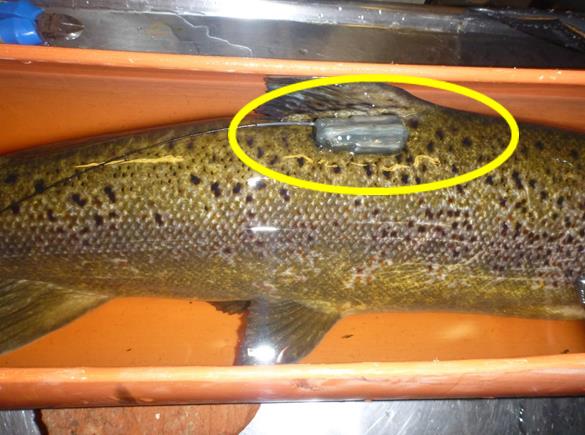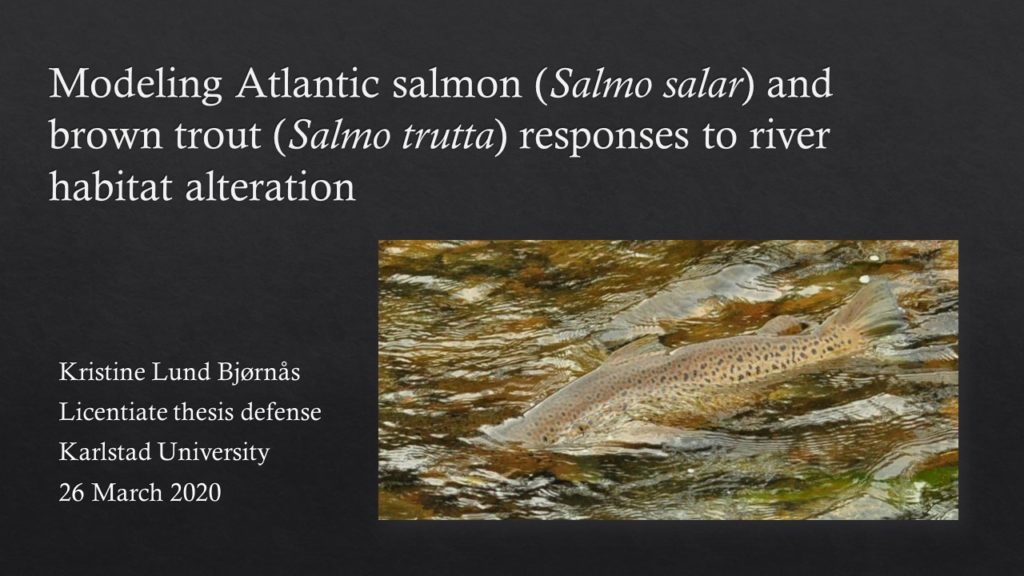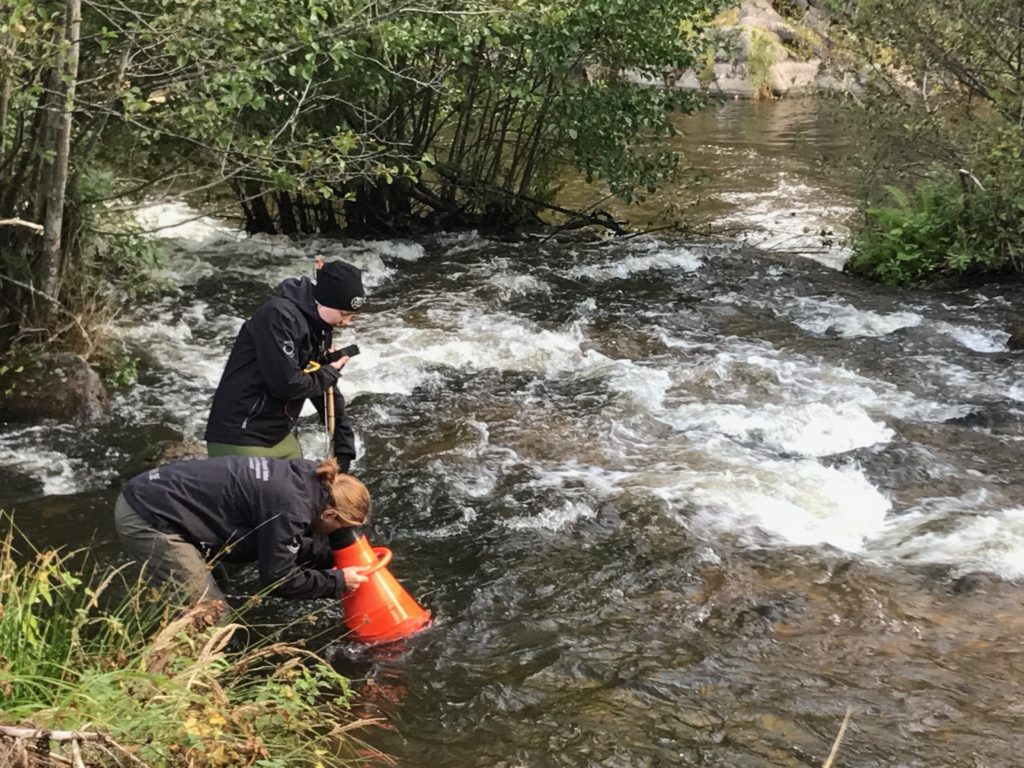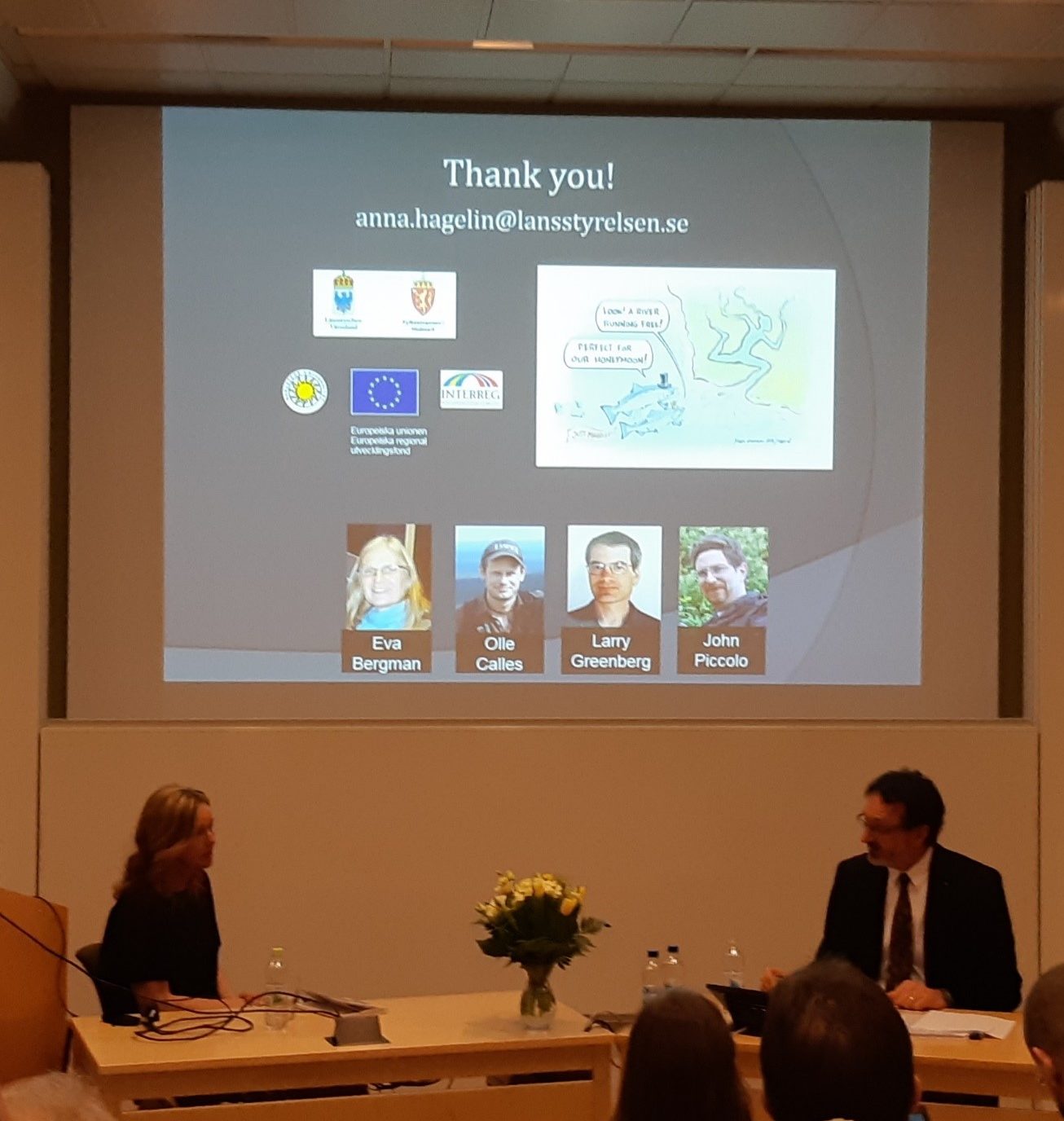Seminar: The energetics of life-history variation in Atlantic salmon: a question of resource allocation and genetic constraints
Posted by Louis Addo | Seminar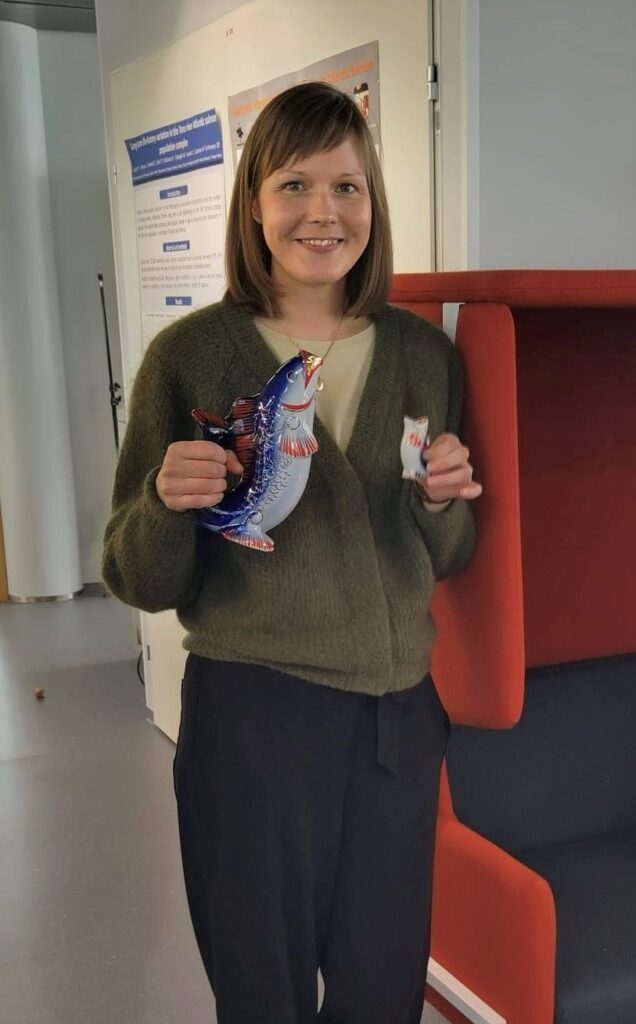
On Tuesday 8 November, at 13:15 CET Jenni Prokkola from Academy Research Fellow, Natural Resources Institute (Luke), Finland will be giving a talk about The energetics of life-history variation in Atlantic salmon: a question of resource allocation and genetic constraints. Pioneering genetic association studies have identified genomic regions strongly linked to the enormous life-history variation found in Atlantic salmon (Salmo salar). Jenni will describe how she uses genomic prediction in follow-up empirical studies to test if life history variation in salmon may be constrained by whole animal and tissue-level energetic pathways.
The seminar will be held at Karlstad University House 21, room 349, and also live on zoom at (https://kau-se.zoom.us/my/kaubiology). You are invited to physically attend this seminar at Karlstad University campus building 21 or live on zoom.



